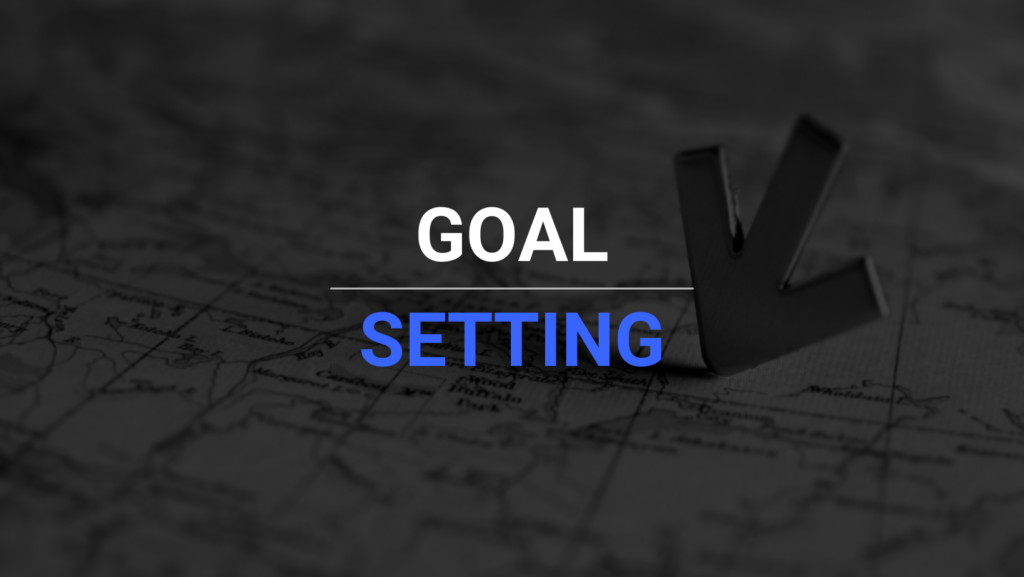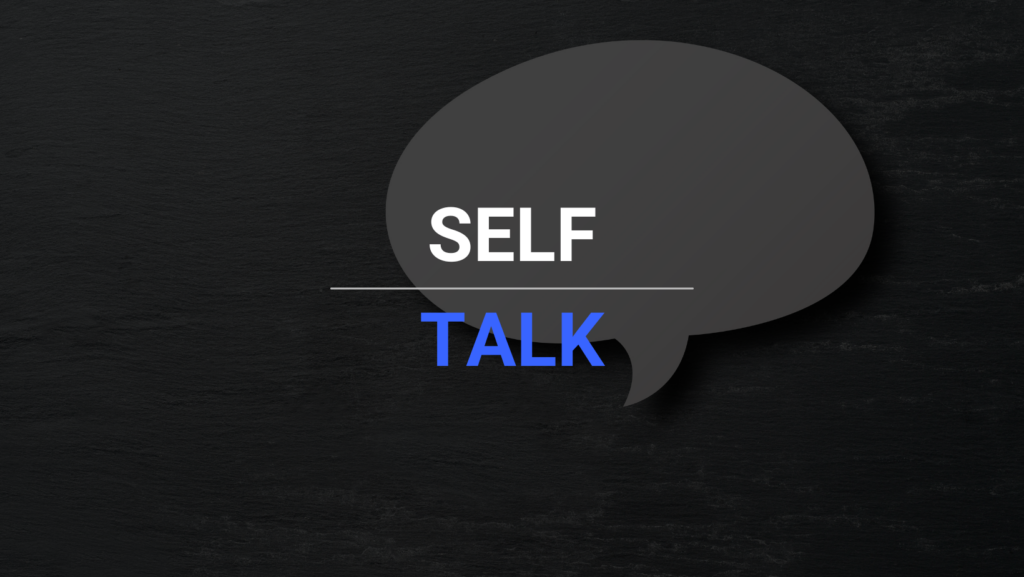
How to get to where you want to be
Welcome back or for the first time; I appreciate your time. To get the most out of my writing, you should read carefully and ask yourself if you agree or disagree, and whether or not you’re goin...
November 16, 2023
